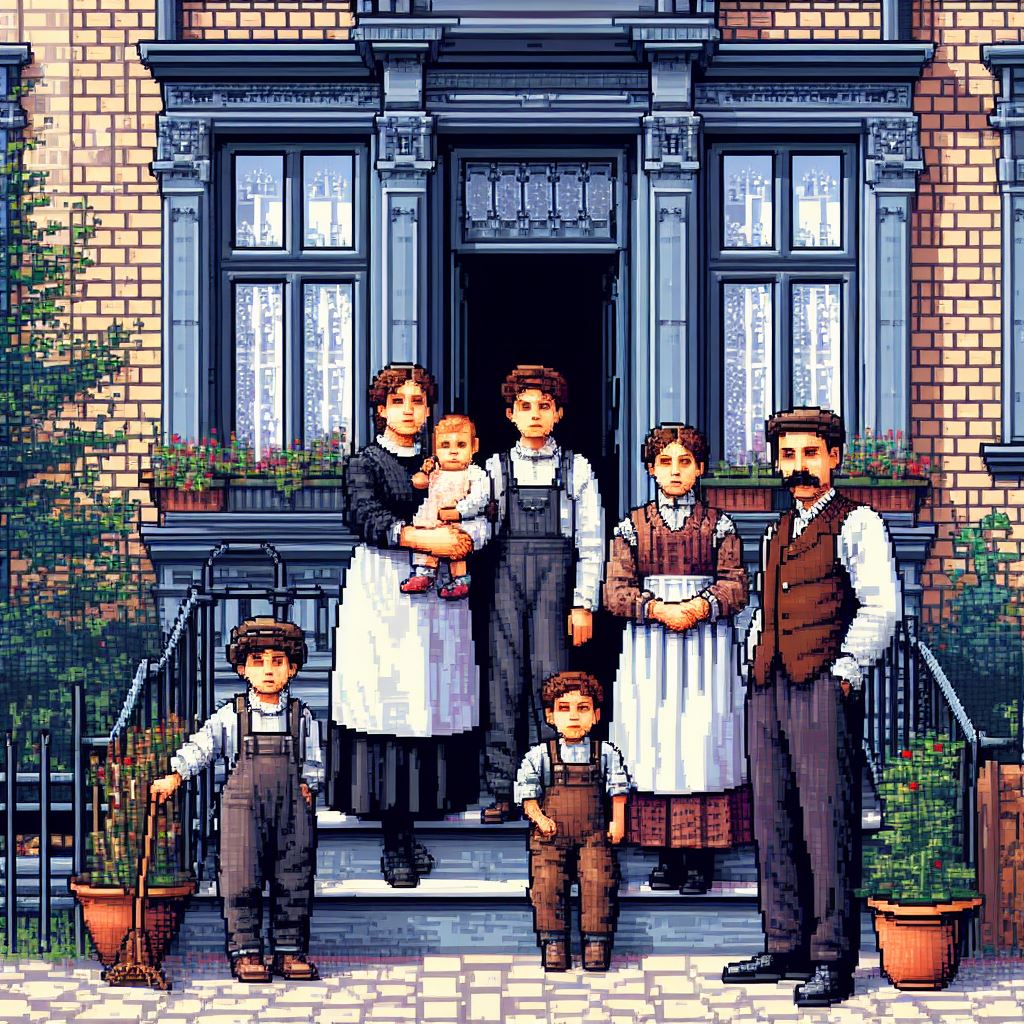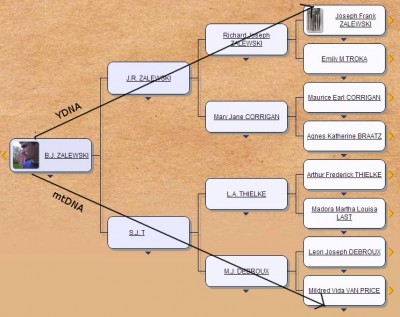The twenty-sixth ancestor (and half-way point) in my 52-week challenge is my maternal 3rd-great-grandmother Ida (SCHAVANDIE) MUHM. Her last name has been recorded in so many different ways, I don’t know which one to settle on anymore. It has been recorded as Schavandie, Schwendie, Swinty, Schwinta, Schwandie, Sivinty, and for some reason Kalahan in the marriage record on one of her daughters.
Two census records state that Ida was born in Wisconsin in September 1852, but other census records and vital records state that she was born in Germany. The 1910 Census from when she was living in Oregon states that she immigrated in 1910, which also points to a non-US birth. Her parents, on her marriage record, are listed as Lawrence SCHAVANDIE and Anna RASCH. Ida is also part of my mtDNA (or direct maternal) line. Her mother, Anna, is as far as mine goes. This makes her maternal haplogroup H11a, part of the H haplogroup.
On 18 April 1870, Ida married Peter MUHM in Germantown, Washington, Wisconsin, not far from where I live now. Somewhere in the early 1900s, I lose the Peter & Ida family. On a lucky break, I ran across an article about the Muhm family in the Antigo (Wisconsin) Daily Journal mentioning that the family had moved to Portland, Oregon in about 1902. Peter died there in 1905 after falling from some scaffolding. Ida lived in Portland for sixteen more years before coming back to Wisconsin.
Three years after moving to Portland, Mr. Muhm died as the result of a fall he suffered when a scaffold collapsed. Mrs. Muhm continued to live there for sixteen years, then returned here to make her home with her daughters, Mrs. Joe Narlow, and Mrs. Fred Van Atter. Another daughter, Mrs. Peter Van Price lives in Port Washington; a son Edward in San Francisco, and an older son, George, in Portland, Oregon.
Ida passed away on 12 November 1934 in Antigo and is buried there at Elmwood Cemetery, though Peter is buried in Portland.
This post is 26 of 52 in the “52 Ancestors in 52 Weeks” Challenge” begun by Amy Johnson Crow.

